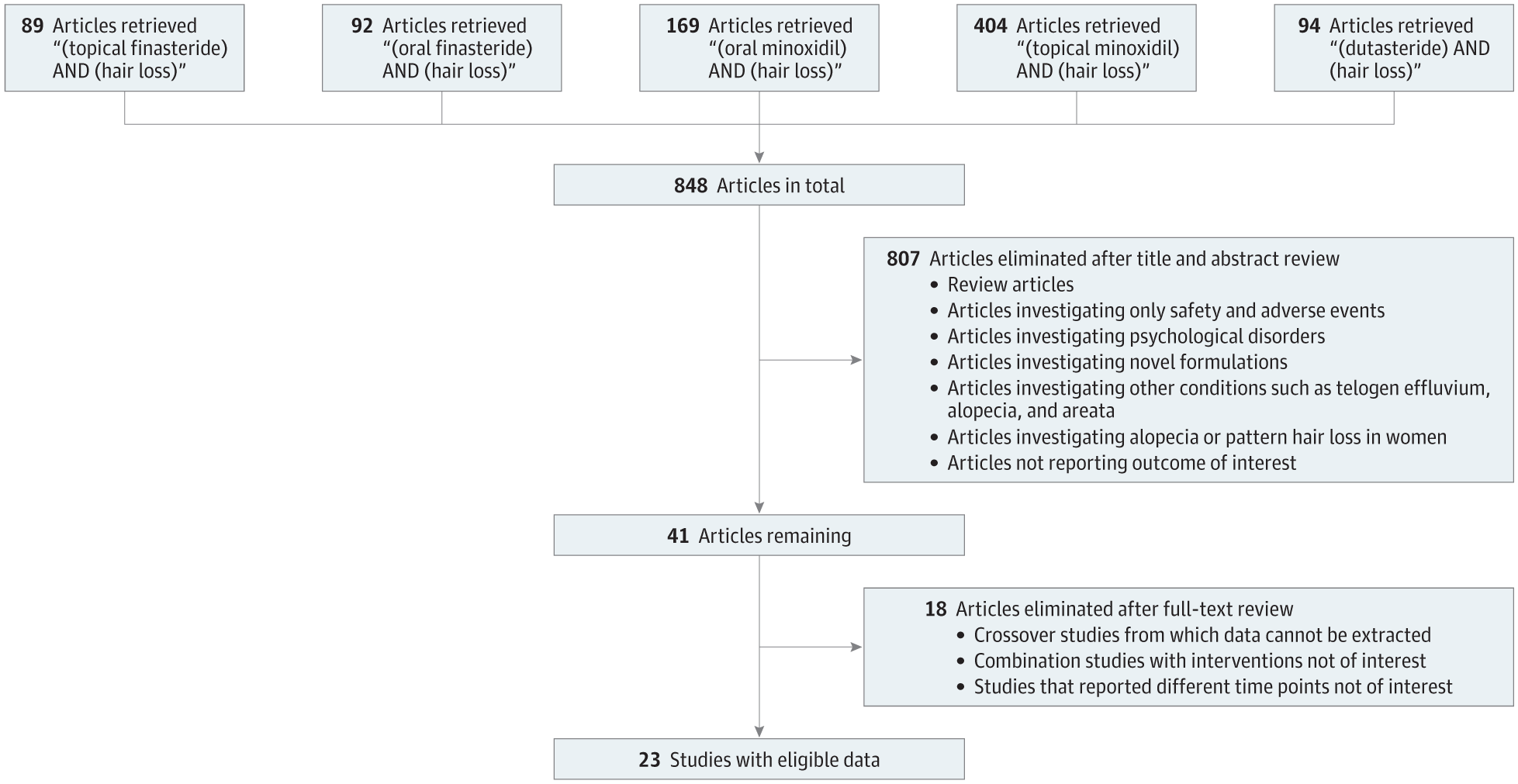DHTrash
Gold
- Joined
- Aug 28, 2022
- Posts
- 767
- Reputation
- 1,140
What? A hair loss drug to treat acne? That's right. You're probably familiar with finasteride and maybe you're already taking it for hair loss. But what if I told you that you could tackle both the slaphead curse and hormonal acne with just one drug? That drug is dutasteride, finasteride's big Chad brother. For anyone who's been on Accutane, they can attest to the horrible experience with side effects ranging from mild, like dry eyes and skin, to severe, like nosebleeds. Dutasteride, on the other hand, has a minimal side effect profile compared to Accutane. Fun fact: dutasteride also raises testosterone by 20-30%, while Accutane lowers testosterone. Additionally, it's more effective than finasteride in hair regrowth, resulting in about 7-9 more hairs per cm² compared to finasteride.
Unlike finasteride, which mainly inhibits type II 5 alpha-reductase (5AR), dutasteride also strongly inhibits the type I 5AR isoenzyme. As a result, dutasteride reduces DHT by 90-96% at doses of 0.5-2.5 mg/day, while finasteride caps out at about 60-70% at doses of 1-5 mg/day. The type I isoenzyme is predominantly found in the skin and is highly expressed in the sebaceous glands, which are responsible for sebum production. By significantly reducing DHT, dutasteride effectively targets the primary cause of hormonal acne.
If after six months you find that dutasteride alone isn't giving you the results you hoped for, you can always add low-dose Accutane to your regimen. Accutane is no joke; it's increasingly becoming more known that it has permanently lasting effects on your body.
I personally took Accutane for six months at 20 mg/day. It resolved about 80% of my acne, but I was still getting zits after those six months. Once I switched from finasteride to dutasteride, I haven't had a breakout or a zit ever since, even if I sleep poorly.
Join the dutasteride master race!
@PURE ARYAN GENETICS

Sauces:

 journals.lww.com
journals.lww.com

 jamanetwork.com
jamanetwork.com

 gmr.scholasticahq.com
gmr.scholasticahq.com
Unlike finasteride, which mainly inhibits type II 5 alpha-reductase (5AR), dutasteride also strongly inhibits the type I 5AR isoenzyme. As a result, dutasteride reduces DHT by 90-96% at doses of 0.5-2.5 mg/day, while finasteride caps out at about 60-70% at doses of 1-5 mg/day. The type I isoenzyme is predominantly found in the skin and is highly expressed in the sebaceous glands, which are responsible for sebum production. By significantly reducing DHT, dutasteride effectively targets the primary cause of hormonal acne.
If after six months you find that dutasteride alone isn't giving you the results you hoped for, you can always add low-dose Accutane to your regimen. Accutane is no joke; it's increasingly becoming more known that it has permanently lasting effects on your body.
I personally took Accutane for six months at 20 mg/day. It resolved about 80% of my acne, but I was still getting zits after those six months. Once I switched from finasteride to dutasteride, I haven't had a breakout or a zit ever since, even if I sleep poorly.
Join the dutasteride master race!
@PURE ARYAN GENETICS

Sauces:

Dual Effects of 5α-Reductase Inhibitor Dutasteride on... : Dermatologica Sinica
An abstract is unavailable.

Relative Efficacy of Minoxidil and the 5-α Reductase Inhibitors in Androgenetic Alopecia Treatment
This network meta-analysis examines whether minoxidil, dutasteride, or finasteride monotherapy is the most efficacious for the treatment of male androgenetic alopecia.

Finasteride and Dutasteride for the Treatment of Male Androgenetic Alopecia: A Review of Efficacy and Reproductive Adverse Effects | Published in Georgetown Medical Review
By Mariah C. Estill, Avery Ford & 2 more. This article compares two 5-α-reductase inhibitors, Finasteride and Dutasteride, in treating androgenetic alopecia, specifically assessing the efficacy and side effects of these pharmacological therapies.







